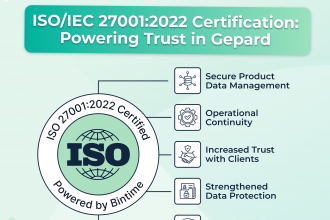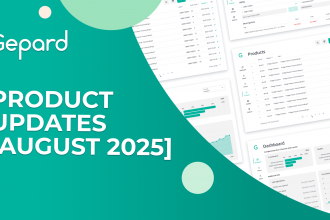How To Automate FAB-DIS File Generation with a PIM Tool?
Due to the increased level of competition in today’s business world, the timely exchange of information between the manufacturing and distribution sectors is very important. FAB-DIS files, a standardized format, are commonly used to facilitate this exchange. But what is FAB-DIS exactly? It’s a format designed for sharing product data efficiently between manufacturers and distributors. However, manually generating FAB-DIS files can be a time-consuming process prone to human error.
This is where a PIM tool comes into play. By automating the FAB-DIS file generation, PIM software simplifies the process, ensuring accuracy and saving valuable time. In this guide, we’ll explore how to streamline FAB-DIS file creation using a PIM tool, minimizing manual effort while boosting efficiency.
Step 1: Prepare and Organize Your Data for FAB-DIS Files
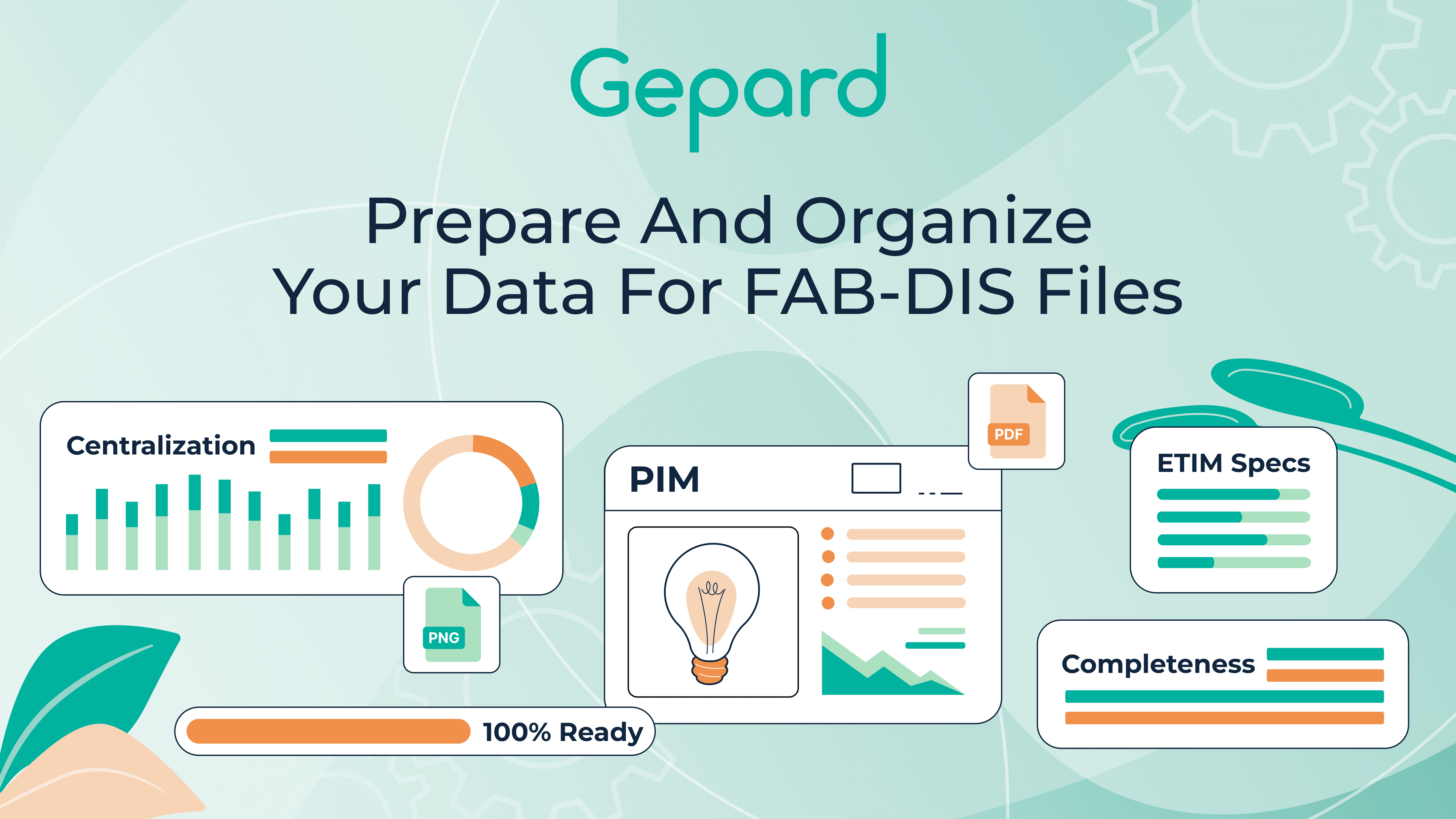
The first of the three measures to automate FAB-DIS file generation is, therefore, to embark on data validation for completeness and so on. A PIM tool is indispensable in centralizing and managing your product data, making sure everything is structured for easy export in the FAB-DIS format. Using FAB-DIS with the PIM streamlines the management of product data, ensuring all technical specifications, like ETIM, and media files are centralized.
Here’s how your PIM tool helps in this process:
- Centralize product data: In this system, all the product data including the technical sheet (ETIM), regulatory information, and multimedia (pictures, PDF files) should be centralized in a PIM. Such centralization minimizes allowances and guarantees that data is complete and accessible.
- Ensure data completeness: Check that every required field for the FAB-DIS format is filled, even if you’re starting with FAB-DIS Excel files.
- Product descriptions (e.g., size, shape, color, sizes of the screws, etc.)
- Companies’ compliance with universal regulations and acts.
- Media files: high quality images, Technical sheets
- Prepare for export: Your PIM tool ensures that this product information, which may include multiple FAB-DIS file blocks, is correctly formatted and ready for export. This step also saves time when sharing product data with distributors or manufacturers since there are no mistakes made.
Step 2: Configure Data Mapping for the FAB-DIS Format
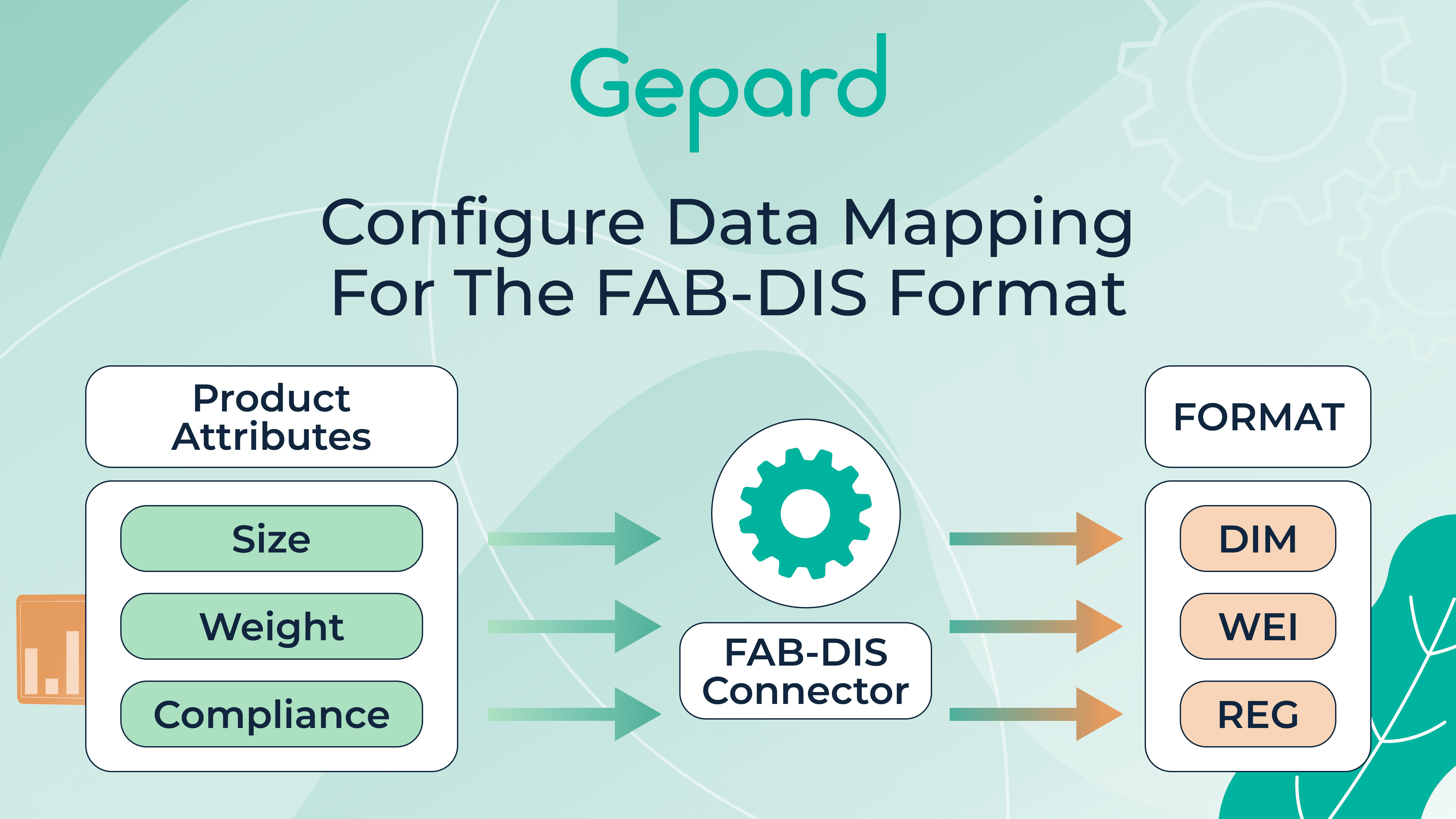
If your product data is initially in formats like FAB-DIS Excel, your PIM tool can easily map these attributes to the correct fields for the FAB-DIS format. This process ensures that product information is correctly translated into the FAB-DIS structure, minimizing errors and reducing manual effort.
Here’s how to configure data mapping for FAB-DIS:
- Set up automated data mapping rules: Use your PIM tool’s data mapping functionality to define how your product attributes—such as descriptions, dimensions, and regulatory details—will map to the corresponding fields in the FAB-DIS format.
- Leverage ETL (Extract, Transform, Load) capabilities: Most PIM tools offer ETL features that allow you to automatically extract product data from your central database, transform it to meet the FAB-DIS format requirements, and load it into the appropriate fields. You can also use a FAB-DIS connector for seamless integration and exporting data into the FAB-DIS format.
- Minimize manual intervention: With the right mapping rules, your PIM can handle the data conversion automatically, translating complex product specifications like ETIM standards and media files into the necessary FAB-DIS file blocks. This reduces human error and speeds up the FAB-DIS generation process.
Step 3: Automate The Generation Of FAB-DIS Files
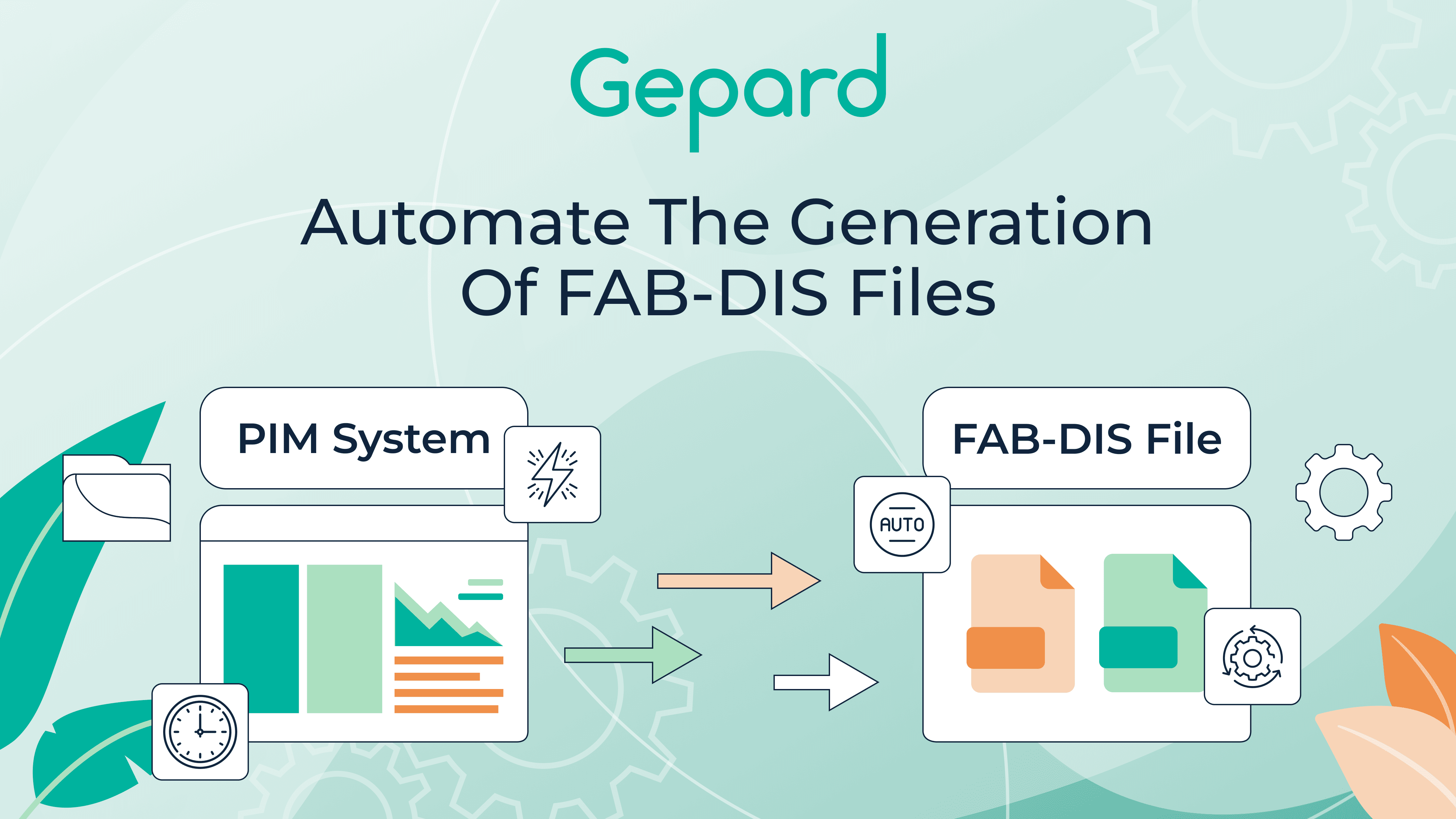
Once your data mapping is configured, the next step is to make your PIM tool work for you by automating the creation of FAB-DIS files. Unlike when you had to always create files each time there was a change in your product data, the PIM can do this for you, and correctly.
Automation begins with setting up the PIM tool to automatically generate FAB-DIS-compliant files whenever new data is added or existing information is updated. This means that, unlike some other systems where you will need to keep manual checks and update the files yourself, your system shall be able to keep your files updated in real-time. As with other processes, automation tools within the PIM can be set up to run based on an event that happens or a timer that ticks.
For example, you can establish schedules that prompt the PIM to generate new FAB-DIS-compliant files automatically at regular intervals. This is particularly useful if you’re working with large amounts of product data. Alternatively, the system can use event-based triggers to automatically create a new FAB-DIS file whenever key data, like ETIM specifications or media files, are updated. This allows you to effectively manage FAB-DIS files and keep them updated automatically.
Step 4: Validate And Share FAB-DIS Files Automatically From Your PIM
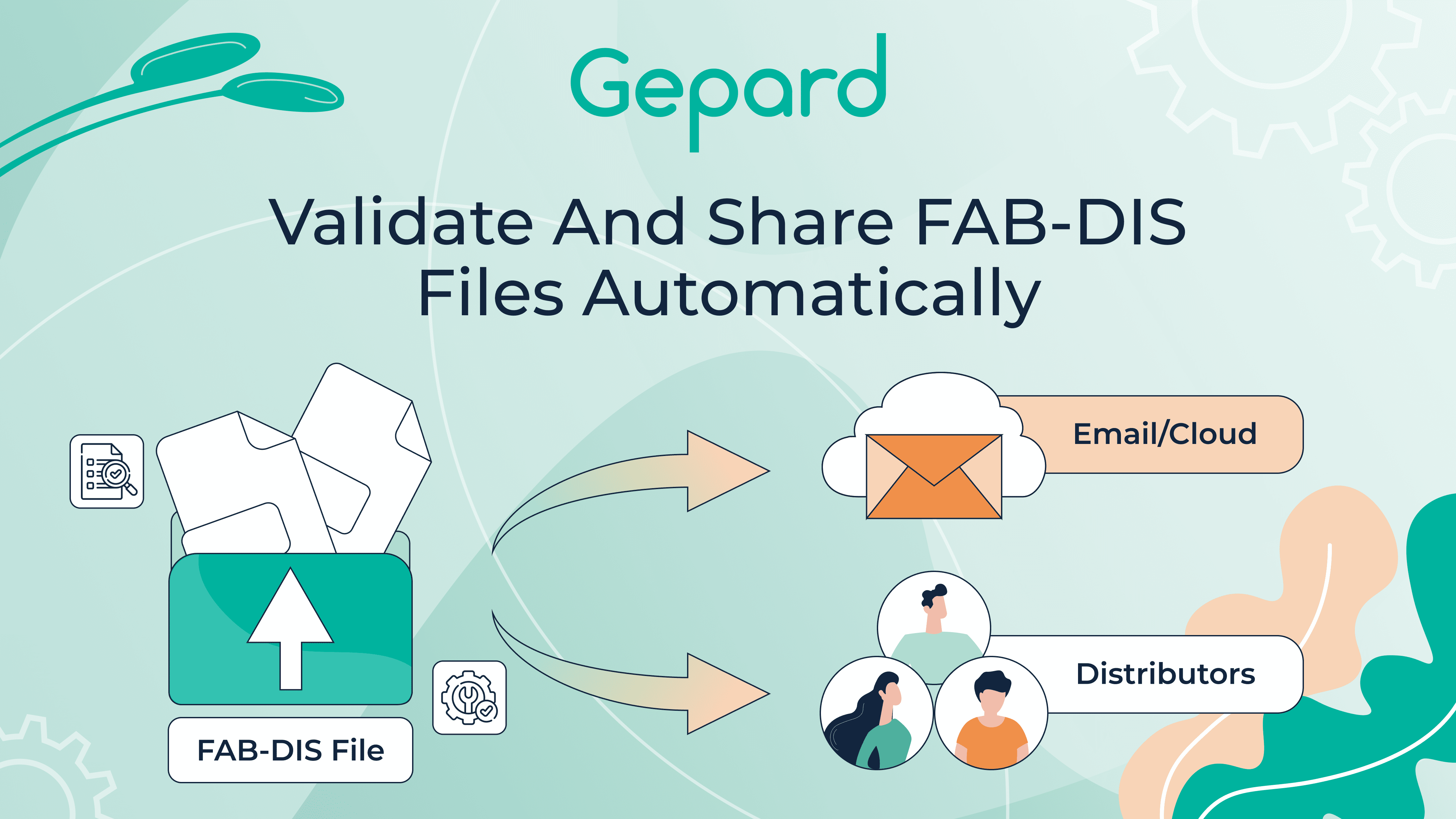
With the automation of FAB-DIS file generation in place, the next step is to ensure the files are validated and shared accurately. A reliable PIM tool not only automates file creation but can also handle the validation and distribution process seamlessly.
Validation is a crucial step to ensure your FAB-DIS files are compliant and error-free before sending them to distributors. Tools like Easy-Check can be integrated into the PIM to automatically validate the data. This automated validation checks for completeness, accuracy, and compliance with the FAB-DIS format standards, reducing the risk of sending incorrect data.
Once validation is complete, you can configure the PIM to automatically distribute the FAB-DIS-compliant files to your network of distributors. Compared to manual uploading via an email client or dragging-and-dropping files into an email client and hope that the correct files are transferred to all the interested parties simultaneously, the PIM tool directly provides a means of distribution. Doing so allows cutting down the time needed and also it guaranties that all the information concerning the product being exchanged is complete and actual.
Conclusion
The use of a PIM tool to automate the generation of FAB-DIS files has a lot of benefits ranging from elimination of manual work to quality assurance in accordance with international standards. Here are the steps to follow: If well followed he described how product data is organized, how data mapping is configured, how files are generated and validated.
With your PIM tool in place, you can easily manage FAB-DIS files, validate them for accuracy, and distribute them to your network of distributors without manual intervention. This also saves time and energy though at the same time makes sure that your product database is well updated ready for the market.
Ready to simplify your FAB-DIS file generation process? Book a free demo today and discover how a PIM tool can revolutionize your product data management!

